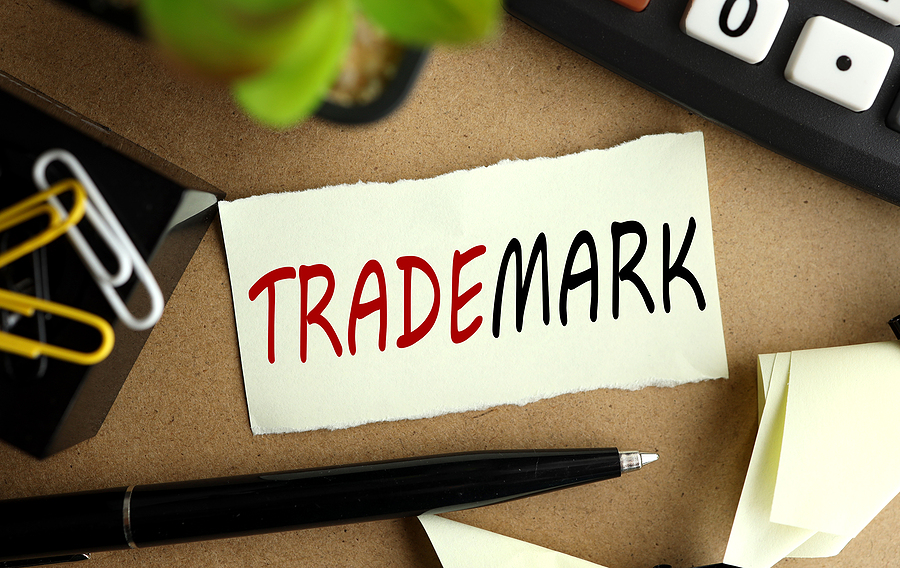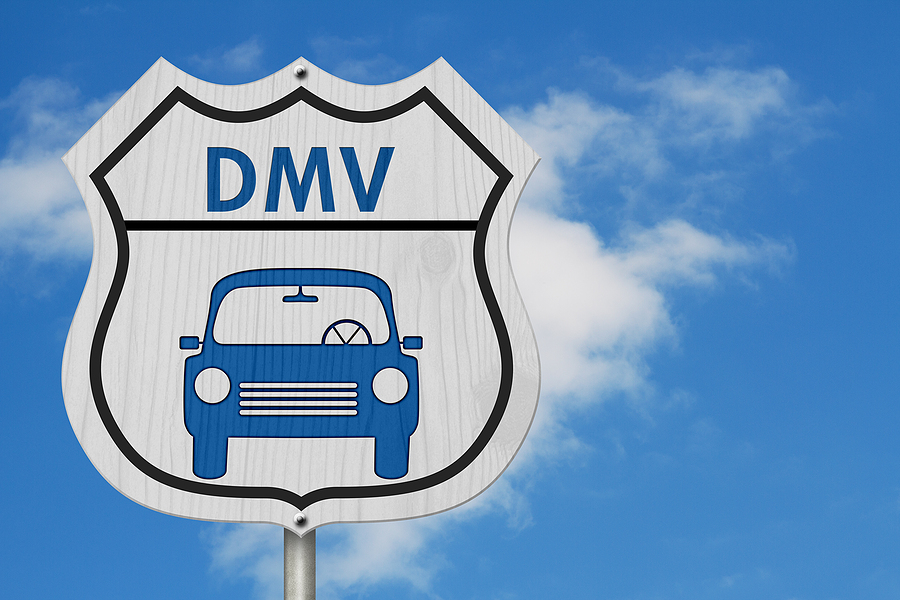The trademark registration process can be undertaken by interested parties at any time, and in some countries it is mandatory. In the United States, however, a Trademark cannot be registered until it has been in use in commerce. If a business decides to register their trademark with the US Patent and Trademark Office they have to be aware that this practice does not give them complete protection but only prevents others from registering or using a confusingly similar mark for identical goods or services within the same geographical area. If you are ready to register your trademark, here’s how.
Choose What Class Your Product or Service Belongs to
In order to begin the trademark registration process a company must first choose what class(es) of goods or services its product or service belong(s) under when filing with the USPTO. There are 45 classes to choose from and a company can file under more than one if their products or services fall into multiple categories.
File Your Application for Publication
Decide how you want your trademark registered by filing an “application based on intent-to-use,” or by filing the application first before putting the mark in actual commercial use. Either way, after completing both steps, there is a waiting period which will last at least six months. During this time, someone could oppose the registration of that trademark because it is too similar to one that already exists. Once that waiting period has passed, assuming no opposition was filed within those six months, then the trademark office will accept the application for publication.
It will be published in the USPTO’s weekly bulletin, the Trademark Official Gazette.
Get Your Trademark Registered
Concerned citizens have thirty days to file for an opposition or request for more time to file an opposition. If there are no oppositions or requests, then it is assumed that no one else has a claim on the trademark and the USPTO will approve it for registration. However, if someone opposes this trademark, in any way, during the thirty-day period following publication, then there must be an administrative hearing followed by a decision made by an examiner within six months’ time.
Even if someone does file an opposition to this trademark, it does not mean that it will automatically be denied registration. Permission could still be granted after all oppositions are heard and decided by an examiner. However, if there is strong enough evidence for this opposition then the USPTO could eventually deny the application altogether which would result in undoing all of the preliminary work already put into it. This process entails several steps but can be reasonably accomplished within four to six months if all goes smoothly.
Keep Your Trademark Registered
Once registered, a Trademark owner must file specific maintenance documents in order to keep it registered. This includes a Declaration of Incontestability, Section 8 declaration and Renewal Application. Trademark registrations can be renewed for a period of ten years after registration or twenty years from the date of filing the initial application if that comes first.
There are fees required for each step in this process but they are not very costly when compared with other types of intellectual property-related costs such as patents and copyrights. For instance, a US trademark registration can cost a little over three hundred dollars while a patent application costs around thirteen thousand dollars on average and copyright is between thirty and fifty dollars per work when filing online through the US Copyright Office website
How Long Does The Trademark Registration Process Last?
The overall time frame for this entire process may vary from four to six months, which consists primarily of waiting for responses from both the USPTO and other parties. It is important to keep in mind that the length of time needed for this process can be influenced by how quickly information can be sent back and forth between all concerned parties along with how busy the office currently is at the time of filing. Thus, one should be patient and not expect that the entire process can be completed overnight or within a week.
The Cost Of Trademark Registration
The entire point of having a registered trademark is to ensure that others do not unfairly profit from your hard work by passing off their products as yours or trying to market related products under your name without permission. The cost of trademark and LLC registration is minimal when compared with the tremendous legal fees and expenses that can be incurred in waging an arduous trademark battle against someone who stole a trademark of yours.
The best way to avoid these problems is through pursuing a federal trademark registration application so no one else will have any claim on your identity or products of a similar nature, either now or in the future. A registered US trademark provides clear notice to potential infringers about which persons or entities own specific trademarks and protection from legal liability for damages associated with claims of trademark infringement.
In conclusion, the entire trademark registration process is not difficult to navigate through as long as you are patient about waiting for responses from all parties involved and keep in mind that this process could extend over several months. The time you spend protecting your brand identity now will prove to be worth it should other businesses begin trying to pass off their products as yours without permission or try selling similar products under your name.
Image Source: BigStockPhoto.com (Licensed)
Related Categories: Legal, Reviews, Work








